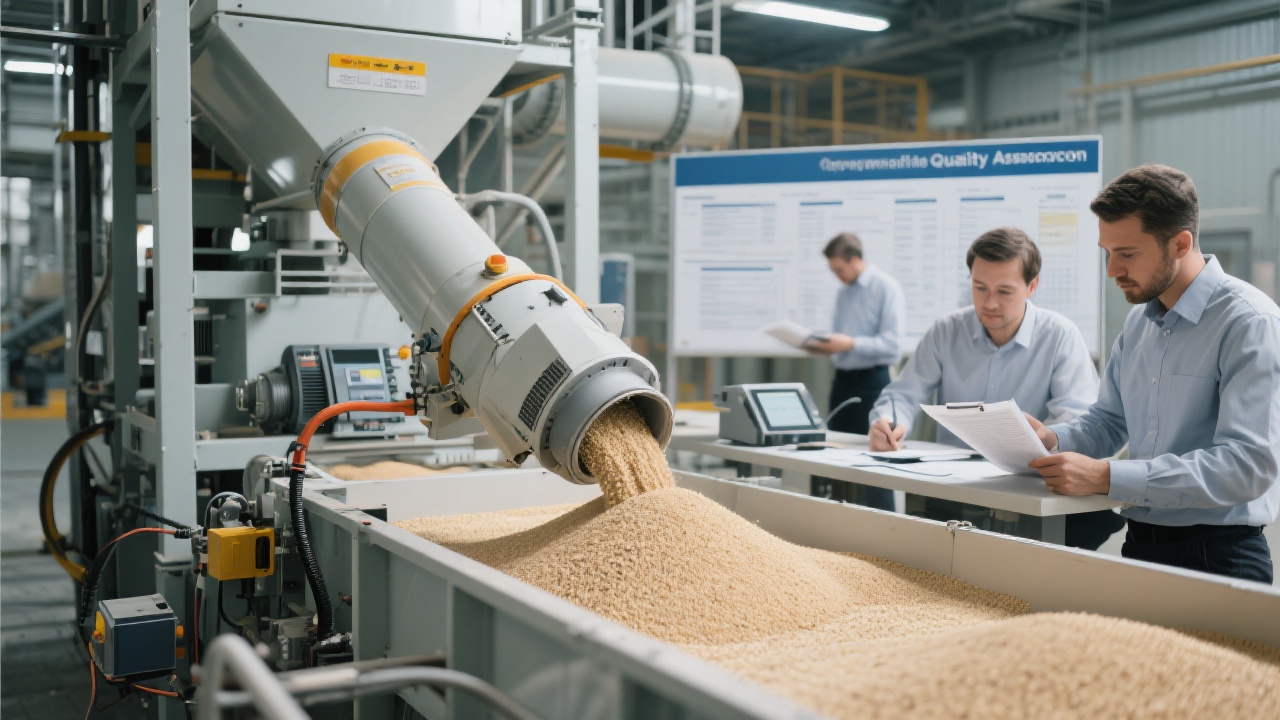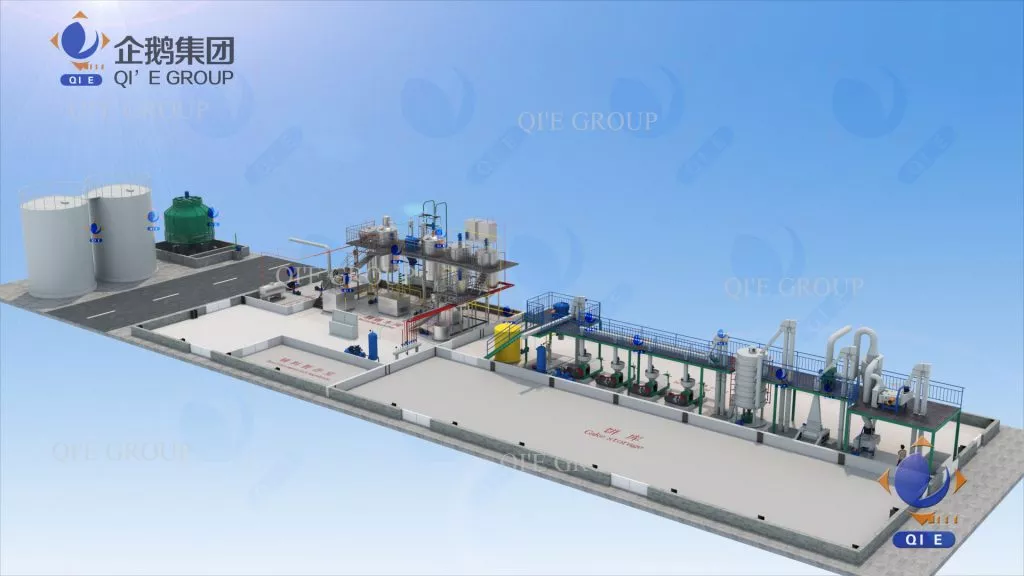
In today’s competitive grain and oil machinery industry, integrating advanced automation with sustainable design principles is imperative for streamlining sesame oil production. This guide delves into the core technologies implemented in Penguin Group’s fully automated sesame oil production lines, focusing on how automation, coupled with eco-conscious engineering, ensures consistent quality, product safety, and operational efficiency in industrial settings.
At the heart of any high-performance sesame oil processing line lies a sophisticated automated control system (ACS). Penguin Group’s ACS employs Programmable Logic Controllers (PLCs) synchronized with SCADA (Supervisory Control and Data Acquisition) platforms to oversee production in real-time. This integration maintains uninterrupted workflows even under fluctuating input conditions, minimizing human error and downtime. Industry data demonstrates that well-tuned ACS modules can increase production uptime by up to 15% while reducing operator intervention requirements by approximately 40%.
The control system orchestrates all phases, from raw material cleaning through drying and pressing, to filtration and automated filling. Sensors embedded throughout the line monitor temperature, pressure, and oil viscosity, feeding data into predictive algorithms to optimize parameters dynamically — ensuring stable oil yield and quality.
A critical innovation is the adoption of full enclosure in production areas. This closed-system design substantially mitigates contamination risks from airborne particulates and microbial exposure. The approach aligns with international food safety standards like ISO 22000, improving shelf-life and consumer confidence. Notably, the enclosed system also limits exposure of volatile organic compounds (VOCs), thereby protecting worker health and lowering environmental footprint.
Typical integration includes sealed hoppers for sesame seed intake, dust-proof conveyors, and hermetically sealed presses and filter units — all contributing to a hygienic production environment.

The production process involves several interconnected stages:
| Process Step | Key Technology | Impact |
|---|---|---|
| Raw Material Cleaning | Multi-stage water and air cleaning system | Removes impurities, reducing contamination risk by >95% |
| Drying | Hot air circulation dryers with humidity control | Achieves optimal moisture level (~5%) for efficient pressing |
| Oil Pressing | Hydraulic continuous screw press with temperature regulation | Yields up to 55-60% oil with better color and aroma preservation |
| Filtration | Multi-stage vacuum and pressure filtration system | Removes solid impurities, increasing clarity by over 99% |
| Automated Filling | Robotic filling and capping machines with weight control | Enhances packaging speed by 25% while reducing spillage losses |
Environmental considerations are central to Penguin Group’s production line engineering. Energy-efficient motors and variable frequency drives (VFDs) optimize power usage across all equipment. According to internal studies, such implementations can reduce electrical consumption by approximately 18-22%. Heat recovery systems reutilize waste heat from drying and pressing, further lowering energy input.
Additionally, water use is judiciously controlled with closed-loop recycling in the cleaning subsystem, curbing water waste by nearly 30% compared to traditional setups.

Industry operators often face challenges such as inconsistent raw material quality and fluctuating environmental conditions. Penguin Group’s solution includes adaptive feedback control mechanisms that calibrate processing parameters in real time to maintain output quality. For instance, if seed moisture shifts beyond the target 5%, the drying system automatically adjusts duration and temperature.
Furthermore, modular equipment design facilitates easy maintenance and line scalability without significant downtime, critical for expanding production capacity.

Discover Penguin Group’s Complete Automated Sesame Oil Production Solutions

